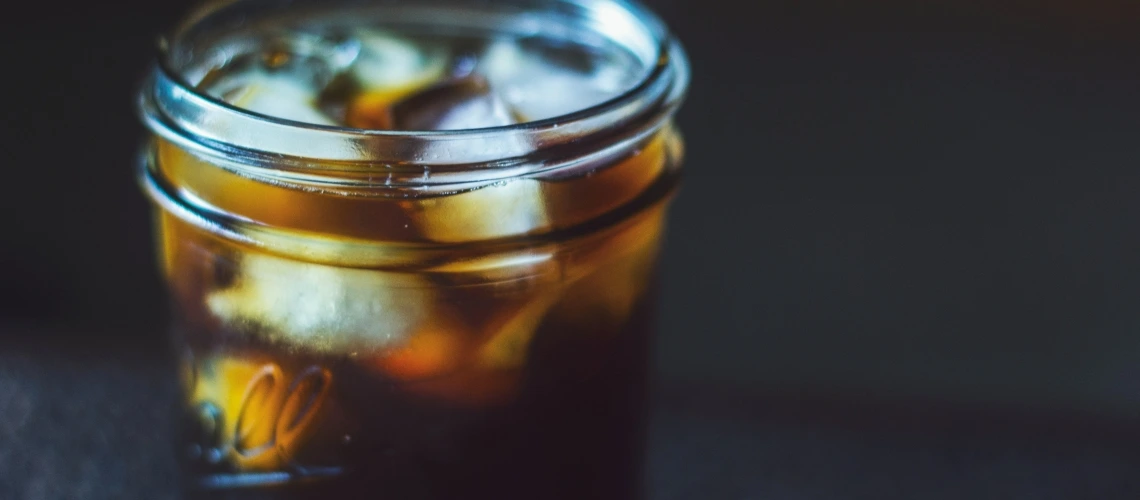Earth Week Challenge: Go Plastic-Free

by Lauren White and Jessie Crown
Happy Earth Week! This week, the Office of Sustainability is hosting a daily challenge on our Instagram account. Be sure to follow along! Each day has a different theme, and today we are focusing on plastics and sharing tips about how to reduce our consumption of this ubiquitous material. We invite you to take a look at the plastic-packaged items you buy most frequently, and see if you can get them another way or make them yourself.
First, why is plastic so harmful? For starters, it is made from non-renewable, fossil fuel-based resources like crude oil and natural gas. The extraction and combustion of these contribute to climate change. Worse, plastic never biodegrades, so every piece ever made still exists in some form - even if it was only meant to be used one time.
Microplastic particles. Image credit: Elena Sakhnenko, civileats.com

Microplastic particles. Image credit: Elena Sakhnenko, civileats.com
In nature, the byproducts created by one organism are consumed by another, preventing waste from accumulating. This isn’t the case with plastic, which simply breaks down into tinier pieces that end up in ecosystems, waterways, and threaten wildlife & human health. You’ve probably seen the heartbreaking footage of marine animals harmed or killed by plastic pollution. Luckily, many people are working to change this, and you can help by shifting some of your everyday purchases and behaviors.
Of all the plastic we consume, 40% is used just ONCE. Plastic is prevalent in many common products these days - from skincare scrubs, clothing and tea bags, to paint, glitter and even chewing gum. In the early 2000’s, our output of plastic waste rose more in a single decade than it had in the past 40 years.
One of the worst offenders when it comes to plastic pollution is beverage containers. Did you know that the world uses 480 billion plastic bottles every year? Switch to a reusable water bottle, refillable gallon jugs, and coffee or soda travel mug. And don't feel pressured to dish out for that expensive Hydroflask. Your reusable bottle doesn’t have to be fancy - an empty, clean, watertight peanut butter jar or other container with a secure lid will do! Make sure to choose a heat-safe container if you plan to carry hot coffee or tea with you.
Many coffee shops and restaurants will refill your clean cup or bottle, although some still have Covid restrictions on reusables (check before you go). The average American buys 167 disposable plastic water bottles annually at a cost of $266/year, so making the swap to a reusable bottle can save you money, too!

Image credit: Marte Skaara for Climate Cards
Single-use plastic grocery bags are another major contributor to the plastic pollution problem. These bags wreak havoc in the ocean and other waterways, and are also notorious for jamming up the sorting machinery in recycling facilities. Globally, we use 5 trillion single-use plastic bags each year! One easy way to help address the proliferation of plastic shopping bags is to bring a reusable tote with you to the grocery store. Stash it in your car or bag so you won’t forget, and be sure to put it back after you unload your items (that part is key!). You can also contact your local legislators and express your support for plastic bag bans in your community.
We think it’s a fun and eye-opening challenge to experiment with going plastic-free for a day or a week, to get a sense of where to make small adjustments in your purchasing habits. If you’d like to take a bigger plunge into a plastic-free lifestyle, consider participating in Plastic-Free July this summer! Visit plasticfreejuly.org for more info.
We’re also inspired by Zero Waste Home author Bea Johnson and Trash is for Tossers Founder and CEO Lauren Singer, both of whom made significant shifts in their lives that now allow them to generate a very small volume of “trash” every year.
Remember to be patient with yourself as you start trying out new habits. They get easier with time and practice, and your everyday efforts to reduce the consumption of plastic really do matter!
Header photo by Matt Hoffman on Unsplash.
